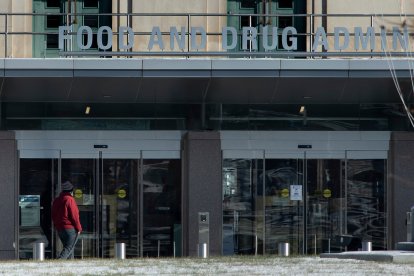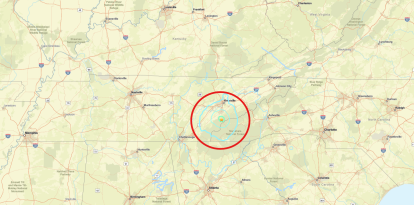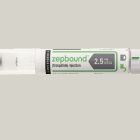FDA bans red dye No. 3 in food and beverages for being carcinogenic
The product is used to give food or drug capsules a pink to bright red appearance.

FDA building
The Food and Drug Administration reported Wednesday that it will ban the use of a controversial red dye in foods and drugs that has been known for more than 30 years to cause cancer in animals.
The product in question is the synthetic dye called erythrosine, created from petroleum and also known as E127 in Europe and "Red No. 3" in North America. It is used to give food or drug capsules a pink to bright red appearance.
So far, it has been found in about 3,000 food products sold in the United States, according to the environmental group EWG's database, from candy and canned fruit to beverages and even vegetarian substitutes for bacon.
"The FDA is revoking the authorization for the use of FD&C Red No. 3," that federal agency stated in an official document released Wednesday.
"Two studies that showed cancer in laboratory male rats exposed to high levels of FD&C Red No. 3 due to a rat specific hormonal mechanism," it added.
This dye, AFP recalls, could not be used in the United States in cosmetics and medicines applied directly to the skin since 1990 due to allergy risks and suspicions of its carcinogenic nature, after studies showed that it caused cancer in rodents.
In other parts of the world, several countries, particularly in the European Union, severely restrict its use.
RECOMMENDATION






















